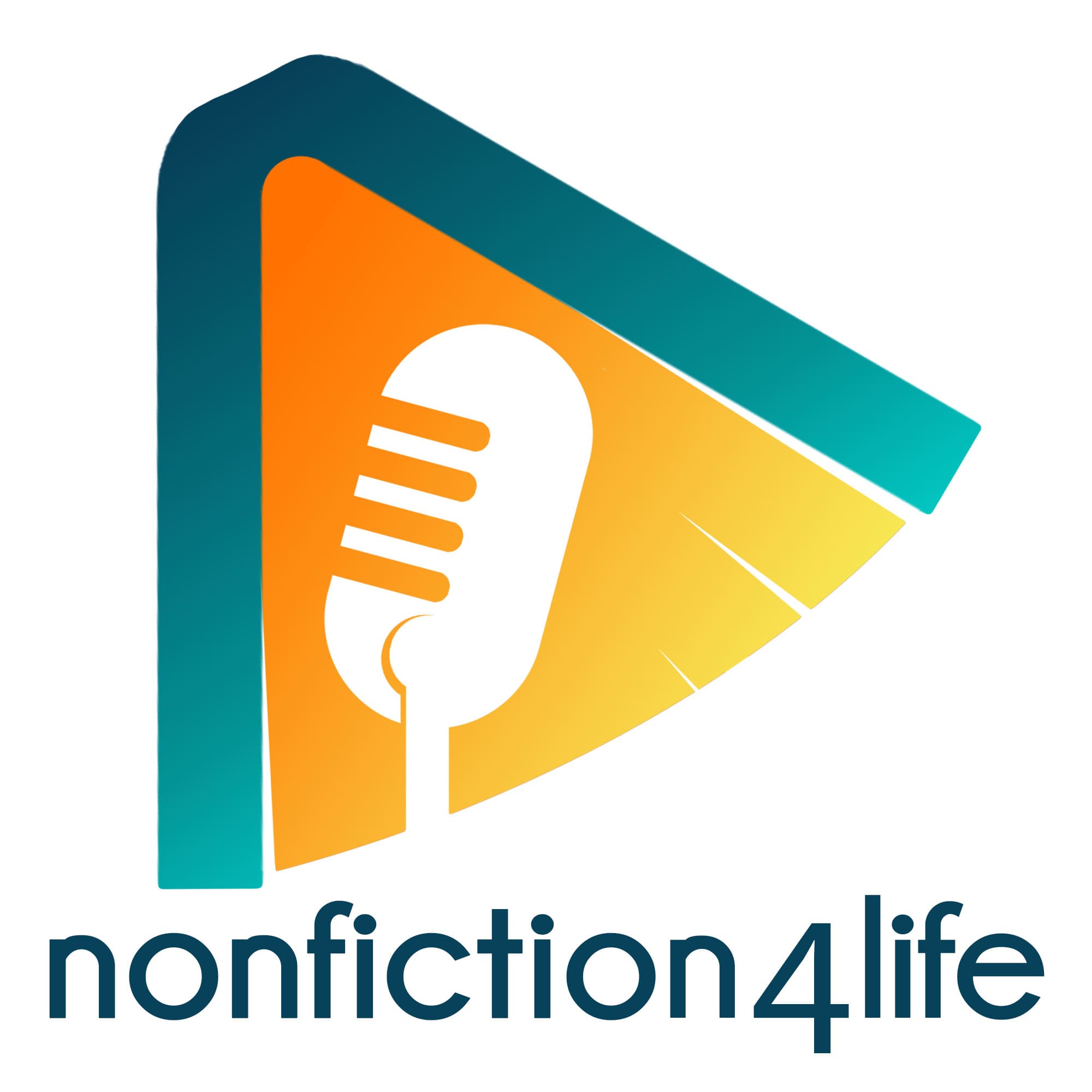Arts
SUMMARY In his book “Subtract: The Untapped Science of Less,” Leidy Klotz shows how we systematically overlook the concept of taking away. Instead, we tend to default to fixing through adding. Moreover, additive ideas come to mind quickly and easily; subtractive ideas require more cognitive effort. So, Professor Klotz from the University of Virginia, where he directs the Convergent Behavioral Science Initiative, has pioneered behavioral research pinpointing how and why we underutilize this fundamental approach to problem-solving. He also offers several tools for “using the minus sign” to gain greater satisfaction in our personal and professional lives. KEY POINTS Providing proof of competence after subtracting can be challenging. Synaptic pruning, when our brains clean up unused connections between neurons, is an example of natural, physiological subtraction. By repeating the word “more” and asserting “Greater production is the key to prosperity and peace,” President Truman’s eschewed subtraction and set the United States on a path of accumulation. To subtract effectively, use “stop-doing” lists and “lesslists.” “Remove” first, then apply the popular trifecta of “reduce, reuse, recycle.” QUOTES FROM KLOTZ “Subtraction is the act of getting to less, but it is not the same as doing less. In fact, getting to less often means doing, or at least thinking, more.” “When we subtract information from our mental storerooms, our processing speeds up like a computer after closing a memory-intensive program that has been running in the background. Working at full capacity, we can create new knowledge—and perhaps even distill it into wisdom.” “Subtractors need not be minimalists, laid-back, anti-technology, or possessed of any other philosophy that owes some of its popularity to its ease.” BUY Subtract: The Untapped Science of Less RECOMMENDATIONS For a children’s take on subtraction, BUY The Lorax by Dr. Seuss. Watch this video to simplify your home by mastering Marie Kondo’s way of folding basic clothing items. Connect with us! Facebook Instagram Twitter YouTube Website Special thanks… Music Credit Sound Editing Credit

